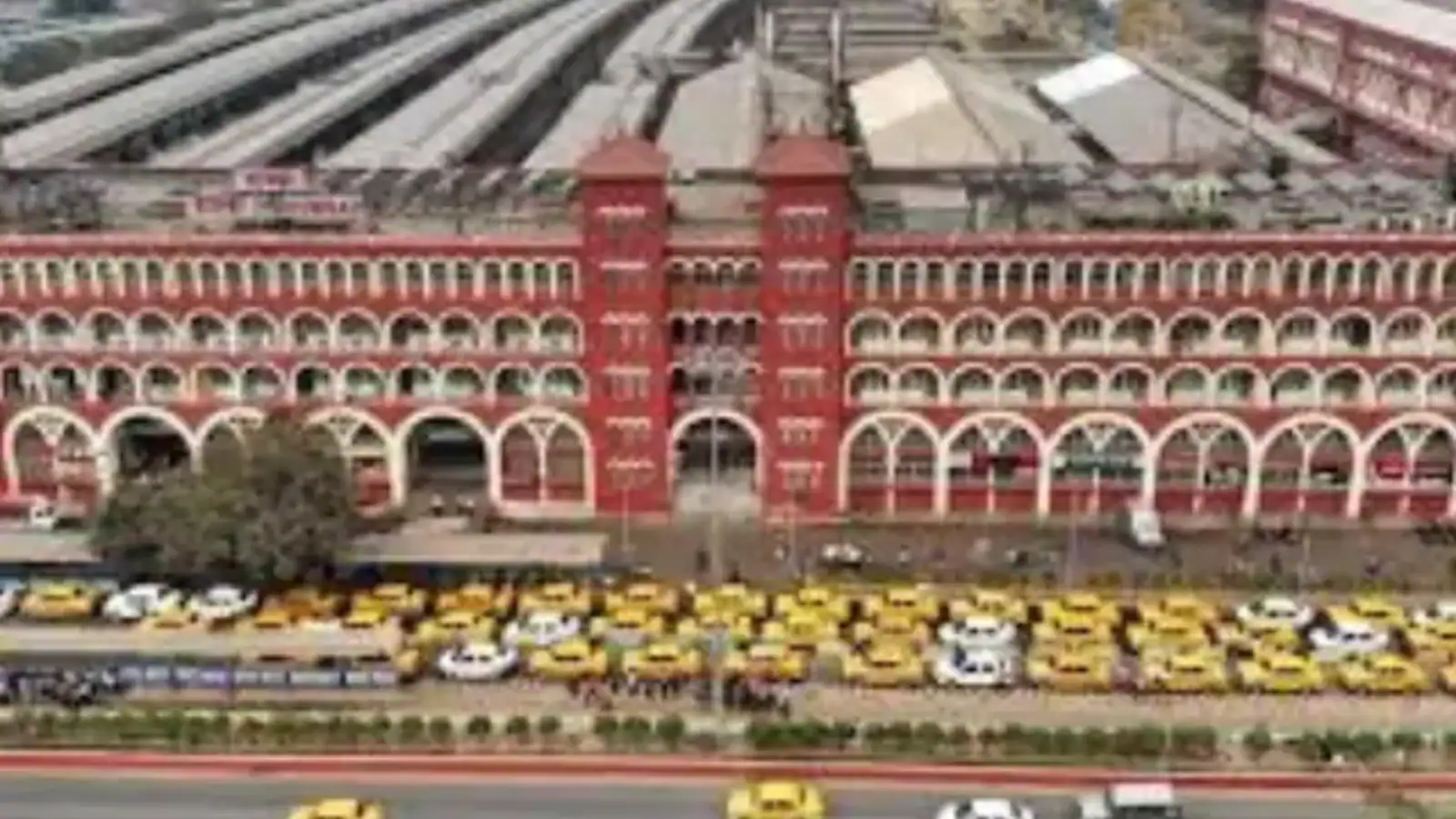By News18
Indian Railways is one of the oldest and largest public transport networks in the world. With over 7,000 stations and more than 22,000 trains operating daily, it carries over 2.4 crore passengers every single day. Among these thousands of stations, Howrah Railway Station in West Bengal stands out as the busiest.
Established in 1854, it is also India’s oldest railway station. Over the years, Howrah has played a crucial role in shaping the Indian railway network and remains one of the largest stations in terms of both area and number of platforms.
Where Is Howrah Located
Howrah Railway Station is situated on the western bank of the Hooghly River, right across from Kolkata, the capital of West Bengal. It serves as a major gateway not only for West Bengal but also for the entire eastern and northeastern regions of India.
The station is split into two main complexes. The old complex, which includes platforms 1 to 16, handles trains operated by the Eastern Railway (both local and long-distance). The new complex, with platforms 17 to 23, is primarily used by South Eastern Railway for long-distance trains.
Number Of Platforms And Tracks
Howrah is one of India’s largest and busiest railway terminals, boasting 23 platforms and 26 tracks. This massive infrastructure allows the station to manage a large number of trains simultaneously. Every day, it handles over 600 trains, including long-distance express services, suburban EMU trains, and freight services. On average, more than one million passengers pass through the station each day.
A Historic Architectural Landmark
The station is known for its impressive colonial-era architecture, designed by British architect Halsey Ricardo. Built between 1901 and 1906, the red-brick structure reflects a beautiful blend of Victorian and Gothic styles. The iconic ‘Boro Ghori’, a giant clock over 99 years old, still graces the entrance of the old complex and stands as a proud symbol of the station’s rich heritage.
Part of Two Railway Divisions
Uniquely, Howrah station is managed by two divisions of Indian Railways: the Howrah Division of the Eastern Railway Zone and the Kharagpur Division of the South Eastern Railway Zone. This dual management structure underlines its strategic importance. Despite its age, the station has continuously upgraded its facilities, including waiting rooms, food stalls, retiring rooms, Wi-Fi, and other modern amenities.
India’s First Green Railway Station
In recent years, Howrah Station was awarded the prestigious IGBC (Indian Green Building Council) Platinum rating, recognising its sustainable design and eco-friendly features. It is the first railway station in a metropolitan city to earn this recognition.
A Train Of Firsts And Historical Significance
The first commercial passenger train in eastern India ran from Howrah to Hooghly on August 15, 1854, marking a major milestone in the history of Indian Railways. During World War II, Howrah served as a key military transport hub. After Independence, it became a vital point for refugee trains during Partition. The station has witnessed countless stories – of migration, journeys, and reunions.
Just south of the station, a railway museum showcases historical artefacts and the evolution of Indian Railways, adding another layer to its cultural value.
Howrah Railway Station isn’t just a travel hub; it’s a living chronicle of India’s past and present, where millions of stories begin and end every day.
